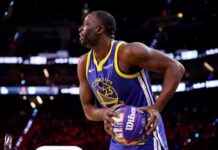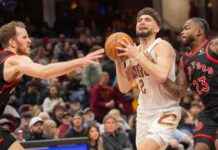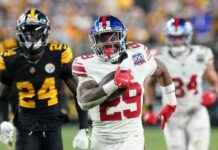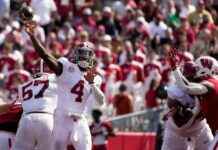The NBA trade deadline of 2025 brought about significant shifts in the league landscape, reshaping teams and player dynamics for years to come. As the dust settles, winners and losers emerge, each move reflecting a fundamental change in the balance of power between players and front offices. While superstars like LeBron James remained with their respective teams, blockbuster trades such as Luka Dončić to the Lakers and Jimmy Butler to the Warriors signaled a new era in player empowerment.
LeBron’s Legacy and Player Empowerment
LeBron James’ impact on the league over the past 22 seasons has been undeniable, particularly in ushering in an era of player empowerment. His ability to choose his team in free agency, negotiate shorter contracts with player options, and influence team dynamics set the stage for a shift in power from front offices to players. However, recent trades like Dončić’s move from the Mavericks to the Lakers and Butler’s transition from the Heat to the Warriors suggest a potential reversal of this trend.
The Dallas Mavericks’ decision to trade Dončić, a 25-year-old superstar and face of the franchise, raised eyebrows across the league. Despite Dončić’s stellar performance and leadership on the court, the Mavericks cited concerns about his impact on team culture, defensive struggles, and potential contract volatility as reasons for the trade. This move marked a departure from the traditional model of teams banking on superstars signing lucrative contracts and managing potential fallout.
Mavericks, Lakers, and Warriors: Game-Changing Trades
Meanwhile, the Lakers’ acquisition of Dončić in exchange for Anthony Davis and the Warriors’ trade for Jimmy Butler added new dimensions to the league’s landscape. Davis, a key player for the Lakers alongside LeBron James, did not request a trade but found himself part of a significant deal orchestrated by front-office executives. Similarly, Butler’s move to the Warriors marked his third trade in recent years, highlighting the evolving dynamics between players, teams, and front offices.
In the midst of these high-profile trades, the Cleveland Cavaliers emerged as one of the winners of the deadline with their acquisition of De’Andre Hunter from the Atlanta Hawks. Hunter’s versatile skill set and contributions on both ends of the court position him as a valuable addition to the Cavaliers’ roster, addressing areas of need and enhancing their competitiveness in the Eastern Conference.
As teams like the Thunder, Celtics, and Nuggets opted to stay put at the deadline, focusing on internal growth and roster stability, the league witnessed a flurry of trade activity involving players from various teams. From the Lakers’ acquisition of Mark Williams to the Mavericks’ addition of Caleb Martin, teams made strategic moves to bolster their lineups and address specific needs on the court.
In the midst of these trades and transactions, the Detroit Pistons stood out for their continued improvement under coach J.B. Bickerstaff. With key acquisitions like Dennis Schröder and strong performances from players like Cade Cunningham, the Pistons showcased their resilience and commitment to building a competitive team for the future.
Overall, the 2025 NBA trade deadline marked a significant moment in the league’s history, with teams making bold moves, players changing allegiances, and the balance of power shifting between players and front offices. As the season progresses, the impact of these trades will continue to unfold, shaping the narrative of the league for years to come.












